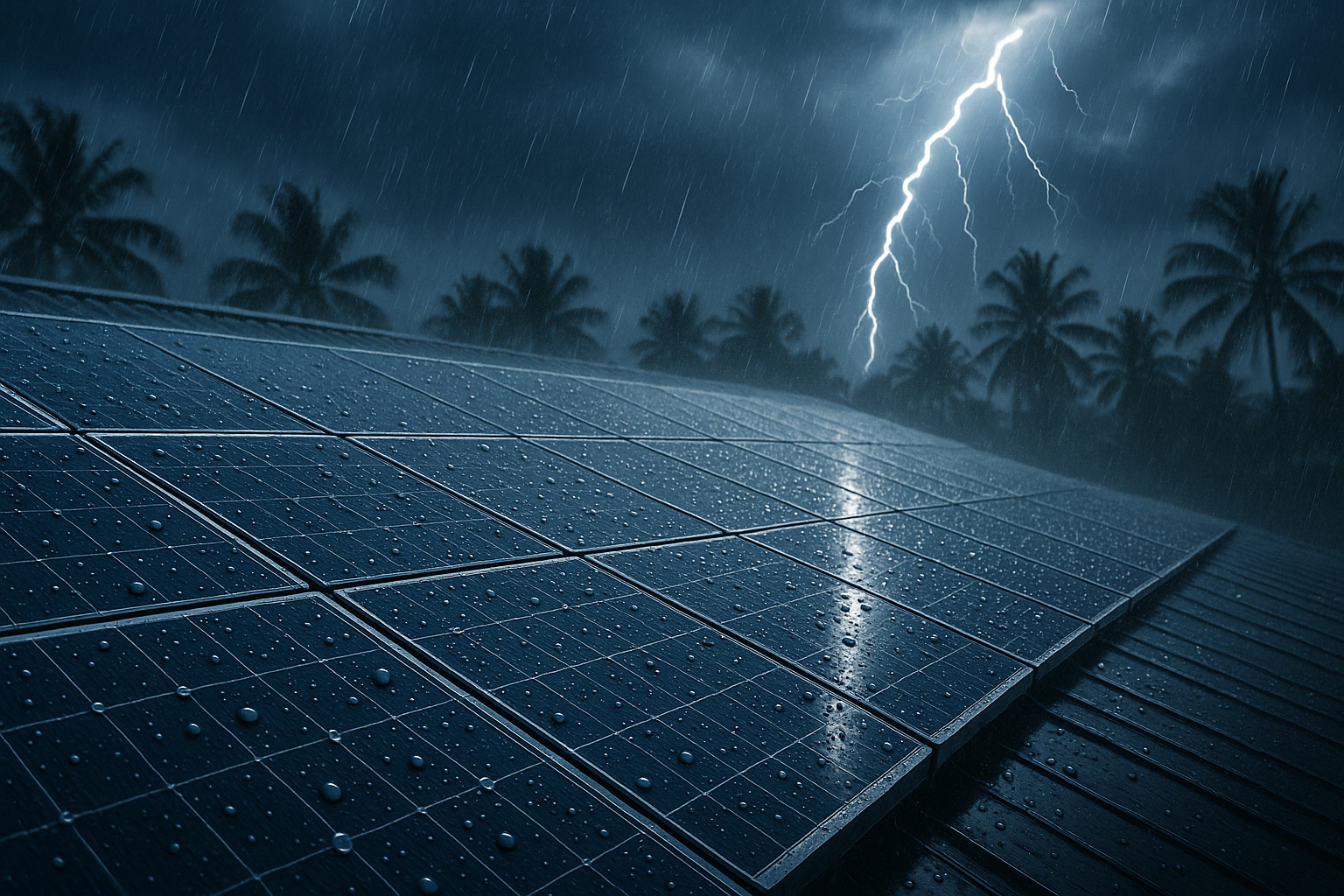Hyderabad, September 2025 – As India adds gigawatts of solar power every year, one silent factor is emerging as a make-or-break element: the mounting structures that hold solar PV systems together.
While discussions often center on panel efficiency or falling solar tariffs, developers on the ground know the truth—a weak structure can derail an entire project, especially in India’s harsh climates.
Climate Puts Solar to the Test
India’s geography is unforgiving. Developers face entirely different risks depending on where they build.
-
Rajasthan: Temperatures soar past 45°C, causing expansion in poorly fabricated metals.
-
Kerala and Northeast: Months of monsoon rains accelerate rust in low-quality steel.
-
Coastal Gujarat and Tamil Nadu: Salty winds corrode structures in half the expected lifespan.
-
Central India: High winds threaten panel alignment and anchoring.
“In every failed project I’ve seen, it wasn’t the panels—it was the structures that gave way,” notes a senior EPC project manager based in Chennai.
Why Mounting Strength Decides Solar Success
Industry experts estimate that up to 30% of efficiency losses in poorly performing projects are linked to weak or corroded structures. Beyond performance, the risks include:
-
Safety Hazards – loose panels in high winds can damage property or injure workers.
-
Cost Overruns – frequent replacements and repairs add unexpected expenses.
-
Lost ROI – shorter lifespan means investors never see full project returns.
The result: mounting structures are now seen not as accessories, but as the foundation of solar PV systems.
What the Best Manufacturers Are Delivering
Contractors are increasingly demanding climate-ready structures, with five factors topping the checklist:
-
High-grade galvanized steel with long-term corrosion protection.
-
Load-bearing designs tested for region-specific wind and snow loads.
-
Precision fabrication to avoid weak welds and misalignments.
-
Custom adaptability for ground-mounted and rooftop systems.
-
Reliable, on-time delivery for large-scale rollouts.
“These are no longer premium add-ons—they are the new baseline,” says an industry analyst tracking solar EPC procurement.
Rudran Infra Metals: Building for the Long Term
One Hyderabad-based manufacturer, we, Rudran Infra Metals, has carved a niche as a dedicated solar mounting structure manufacturer. Unlike players who combine design, EPC, and manufacturing, Rudran focuses purely on fabrication strength.
The company highlights three pillars:
-
Quality Steel: sourced and processed to meet long lifespan requirements.
-
Strict Checks: inspections at every stage to prevent structural weaknesses.
-
Delivery Commitment: ensuring contractors face no supply bottlenecks.
“Developers today don’t just want steel; they want certainty,” a company representative said. “Our job is to give them that confidence.”
The Bigger Picture
India’s renewable energy future doesn’t just depend on cheaper panels or better financing. It depends on whether projects built today can still be standing strong 20 years later.
And that, insiders agree, comes down to the mounting structures that no one notices until they fail.
For developers, EPC contractors, and investors, the message is clear: partner only with the best solar mounting manufacturers if you want your solar PV systems to withstand India’s to
